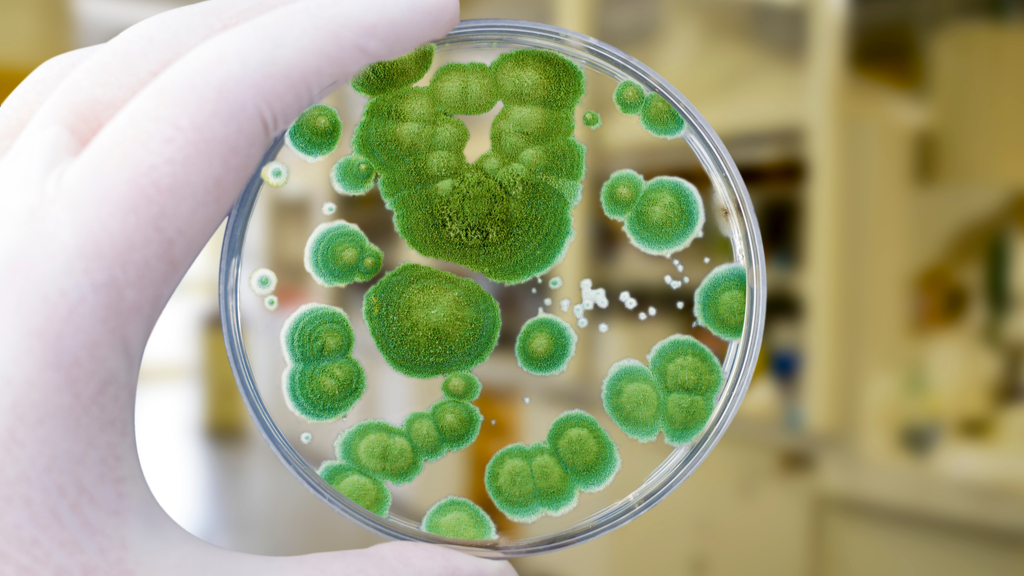Mold that led to penicillin discovery revived to fight superbugs

A sample of mold that first led to the discovery of penicillin in the 1920s has been revived. The newly awakened fungus could provide hints about how to conquer drug-resistant superbugs, CNN reported.
Dr. Alexander Fleming, a professor of bacteriology in London, accidentally discovered the antibiotic penicillin in 1928, when some of his petri dishes became contaminated with a mold, Penicillium notatum, Live Science previously reported. He extracted the active ingredient "penicillin" from the mold and found that it killed many kinds of harmful bacteria; scientists later purified penicillin for use as a treatment for bacterial infections.
After the serendipitous discovery of penicillin, its mother mold was frozen and kept in storage for future study. Scientists have occasionally defrosted and regrown mold from the original strain, according to CNN, but never before have researchers analyzed all the DNA contained within the fungus.
Until now.
Related: 6 superbugs to watch out for
"We realized, to our surprise, that no one had sequenced the genome of this original Penicillium, despite its historical significance to the field," Tim Barraclough, a professor at the Department of Life Sciences at Imperial College London and the Department of Zoology at Oxford University, told CNN. The team reexamined the DNA inside the mold, and published their findings Sep. 24 in the journal Scientific Reports.
The team compared Fleming's original mold to two modern strains of Penicillium used to produce antibiotics in the U.S., CNN reported. They zoomed in on genes that enable the fungus to produce penicillin; some of these genes contain instructions to build the enzymes that make penicillin, while others control the function and total amount of these enzymes. Differences between the historic and modern mold strains could reveal how Penicillium has evolved through time, and whether the drug made from it could be improved, the researchers say.
Sign up for the Live Science daily newsletter now
Get the world’s most fascinating discoveries delivered straight to your inbox.
Since the release of penicillin, bacterial resistance to the drug has flourished, and the number of drug-resistant bugs can grow as long as the drug is used, according to the Centers for Disease Control and Prevention. By identifying subtle differences in the mold strains used to make penicillin, Barraclough told CNN that his team hopes to come up with new ways to "improve our use or the design of antibiotics for combating bacteria."
Read the full story at CNN.
Originally published on Live Science.

Nicoletta Lanese is the health channel editor at Live Science and was previously a news editor and staff writer at the site. She holds a graduate certificate in science communication from UC Santa Cruz and degrees in neuroscience and dance from the University of Florida. Her work has appeared in The Scientist, Science News, the Mercury News, Mongabay and Stanford Medicine Magazine, among other outlets. Based in NYC, she also remains heavily involved in dance and performs in local choreographers' work.
Flu: Facts about seasonal influenza and bird flu
What is hantavirus? The rare but deadly respiratory illness spread by rodents










